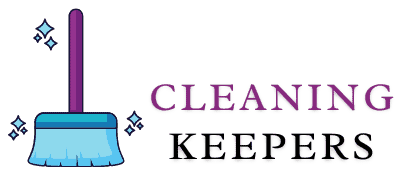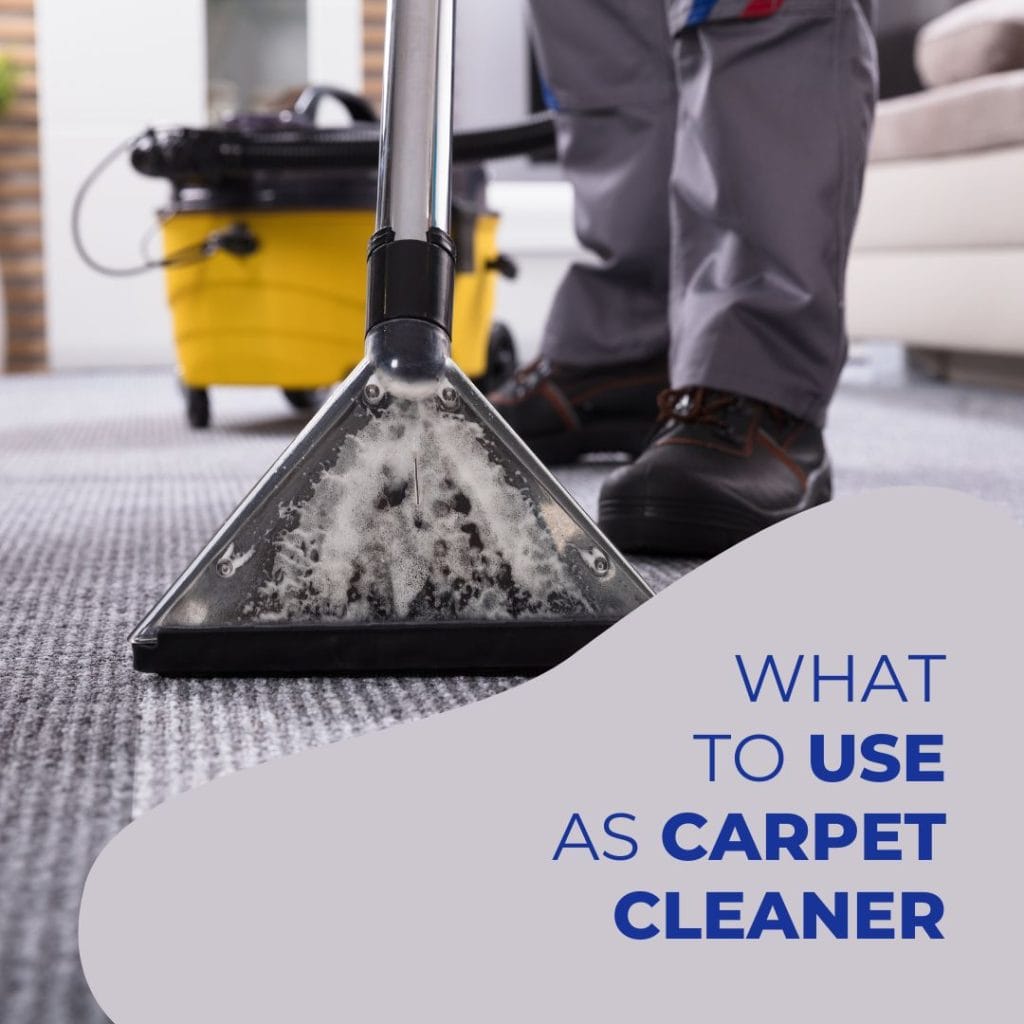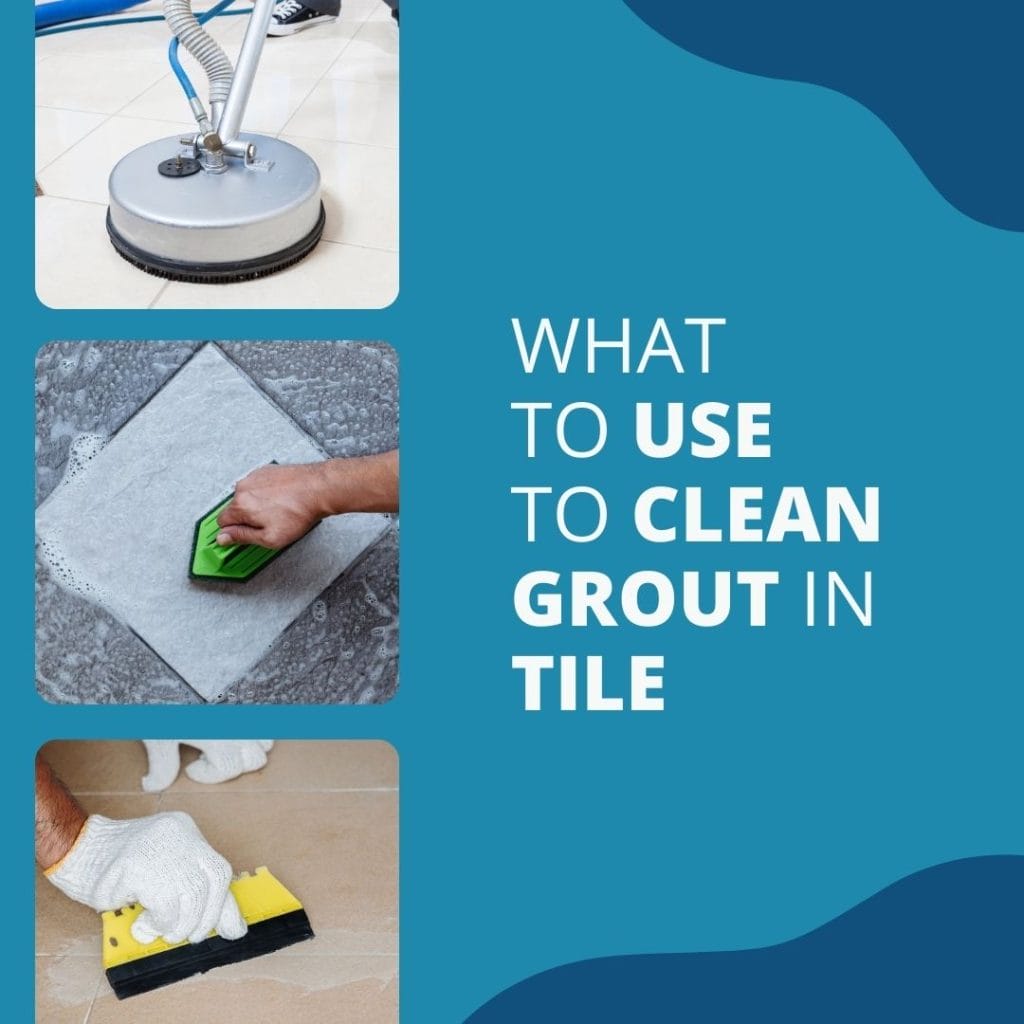Steam cleaning is a powerful method to deep-clean and refresh your home furnishings. However, when it comes to steam cleaning delicate fabrics, extra care is essential. This guide will provide you with insightful tips and careful procedures for safely steam cleaning delicate fabrics, ensuring the longevity of your beloved pieces.
How to Safely Steam Clean Delicate Furniture Fabrics
Steam cleaners prove highly versatile, catering to a myriad of cleaning needs, much like the methods discussed in cleaning hard-to-reach vents. Whether you’re dealing with delicate upholstery, or fabric furniture, or aiming to sanitize a mattress, a steam cleaner emerges as an invaluable cleaning companion. Beyond lifting embedded stains, grease, and dirt, steam cleaning goes the extra mile, effectively sanitizing surfaces, eliminating allergens, and eradicating bacteria, mold, viruses, dust mites, bedbugs, and various pathogens. With just a few straightforward steps, you have the ability to independently steam clean your upholstery at home.
Preparing the Upholstery
Vacuum the upholstery:
The initial step in upholstery cleaning involves vacuuming to eliminate dirt, dust, debris, allergens, pet hair, and dander present on the fabric. It’s crucial to be thorough, ensuring every crack and crevice is addressed. If there are pillows, take them off and vacuum both sides. Don’t forget to vacuum the back of the furniture, ensuring no leftover debris or crumbs interfere with the preparation or cleaning of the materials. Rushing this step could potentially result in a dirtier couch if certain elements get wet during the cleaning process.
Pre-treat the stains:
If there are visible stains on the upholstery, apply spot upholstery cleaner to them. Allow the cleaner to sit and penetrate the stain; the recommended time may vary depending on the product but generally falls within 3-5 minutes. After the waiting period, gently blot the area with a soft cloth, extracting the stain and absorbing the cleaner.
Many stains, including those from food, dirt, urine, and feces, can often be effectively removed using steam alone, similar to the process in eliminating pet odors. However, for oil-based stains, consider using a specialized commercial cleaner like Oxy Clean. Alternatively, you can experiment with a mixture of vinegar and rubbing alcohol or a blend of cornstarch and baking soda combined with water to treat the affected area.
Precondition the fabric:
To effectively remove deeply embedded dirt, dust, and grit from your furniture, steam cleaning is a valuable method. Soil emulsifiers are specialized products designed to loosen these elements ingrained in the fabric. Apply the emulsifier generously on all upholstery and pillows, allowing it to sit for a few minutes. Subsequently, spray a fine layer of upholstery shampoo onto the fabric, ensuring thorough coverage. Employ a brush to work the shampoo into the fabric.
Before engaging in steam cleaning, confirm that your upholstery can withstand water-based cleaning. Refer to the furniture tag for this information, as it typically specifies the acceptable cleaning methods for the particular material. If you observe an X on the tag, it indicates that water could cause permanent damage to the fabric, rendering it unsuitable for steam cleaning.
Cleaning the Upholstery
Pick the right steam cleaner.
There is a variety of steam cleaners available, each designed for specific materials and surfaces. Ideal steam cleaners for upholstery include upholstery steam cleaners, fabric steam cleaners, and handheld steam cleaners. Upholstery steam cleaners are tailored for the task, fabric steam cleaners specialize in cleaning fabric, and handheld cleaners are excellent for small, tight surfaces. Opt for a handheld cleaner or one with detachable wands or hoses based on what suits your particular surface best.
Prepare the steam cleaning machine.
To operate a steam cleaner, you should fill the machine with a combination of water and cleaner, following the specific instructions for your model. Typically, you’ll detach a container from the steam cleaner, fill it with warm water and upholstery cleaner, being cautious not to overfill. Overfilling may lead to excessive water and steam release, potentially saturating your fabrics. Additionally, ensure to attach the appropriate upholstery tool, which could be a stationary brush, revolving brush, or cloth, depending on your machine model.
Start with the cushions.
If the furniture piece you’re steam cleaning has detachable cushions, initiate the cleaning process with them, as detailed in cleaning vent hood filters, like a couch or chair, initiate the cleaning process with them. Plug in the machine and power it on. Utilize the handheld steam cleaner or the hose attachment to spray steam onto the cushion surface, activating the steam release button. This action moistens the fabric upon contact with steam. Swiftly guide the machine’s opening across the damp areas, extracting excess water and cleaner from the fabric surface. Repeat this process across the entire pillow surface.
It might be sufficient to steam clean only the exposed sides of the pillow. If you choose to clean all sides, tackle one side at a time. Avoid having the pillow rest on a wet side, as it prolongs drying time and could potentially damage the fabric.
Steam clean the rest.
When cleaning the upholstery on the remaining furniture, prioritize cleaning it last. Work on small sections of the fabric individually, extracting water as you did with the pillows. Avoid attempting to steam a large area simultaneously to prevent water from settling in the initial section, absorbing excess moisture while steaming the rest. This could lead to prolonged drying times. Repeat the process until the entire surface is cleaned. If a specific area is exceptionally dirty, you can revisit and clean it again without waiting for it to dry initially.
Let your furniture dry.
After completing the steam cleaning process on your furniture upholstery, allow some time for the fabric to dry. The drying duration depends on factors such as the humidity of the steam applied and the weather conditions on the cleaning day. To expedite the drying process, consider using a fan, opening a window, or employing a blow dryer, akin to the advice given in mattress cleaning guide. Patience is key, and the fabric will eventually dry.
If you observe lingering discoloration on the fabric, it might be necessary to repeat the cleaning process. This is particularly common if the upholstery was heavily soiled at the beginning of the cleaning session.
Removing Lingering Stains
Clean the stain with water and soap.
After steam cleaning, if stubborn stains persist, you can address them using a simple method. Begin by employing a mild soap and water solution. Dampen a sponge, apply dish detergent, and gently rub it onto the affected area. Squeeze out any excess water from the sponge. Blot the stain with the soapy sponge, ensuring it is well-coated. Then, rinse the sponge, fill it with fresh water, and use it to blot the soapy area, removing both the soap and the stain from the surface.
Use vinegar.
Instead of utilizing soap and water, consider employing vinegar for stain removal. Soak a cloth in white or apple cider vinegar and gently blot the upholstery stain, ensuring the fabric is saturated with vinegar. Avoid vigorous scrubbing to prevent the stain from setting or causing harm to the fabric. Instead, gently rub the stain in a circular motion with the cloth to assist in lifting the stain particles.
Use heavy duty cleaner.
If the previously attempted stain removal methods prove ineffective, consider utilizing a potent commercial cleaner like Tuff Stuff, Resolve, or Folex. Dampen a cloth or sponge, apply the cleaner directly to the fabric, and use the cloth to pat the stain. Alternatively, employ gentle circular motions to loosen the stain by lightly rubbing the affected area
Tips
If you’re uncertain about the compatibility of a cleaner with your fabric or whether your fabric can withstand steam cleaning, conduct a test on a small, inconspicuous area of the upholstery. Clean the test area and allow 24 hours to pass. If there are no alterations in color or texture, it’s safe to proceed with cleaning. However, if there are any changes, refrain from cleaning the fabric.
For maintaining the freshness and cleanliness of your furniture, consider steam cleaning your upholstery at least once a year. The frequency of cleanings may vary based on the usage of the furniture.
Conclusion
In conclusion, steam cleaning delicate fabrics is a great way to maintain the quality and longevity of your furniture. It’s not only an effective cleaning method but also a more sustainable and eco-friendly choice. Remember to conduct a patch test to ensure the fabric can withstand the process. With this method, keeping your furniture looking its best becomes an achievable task.











